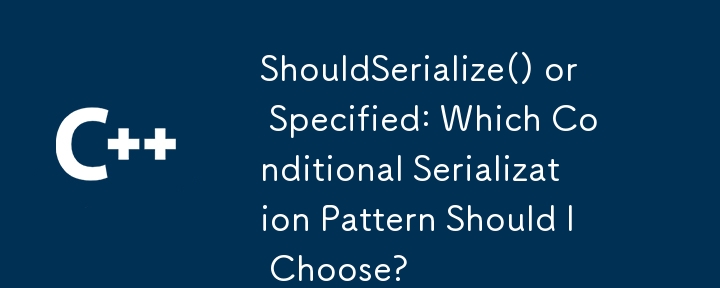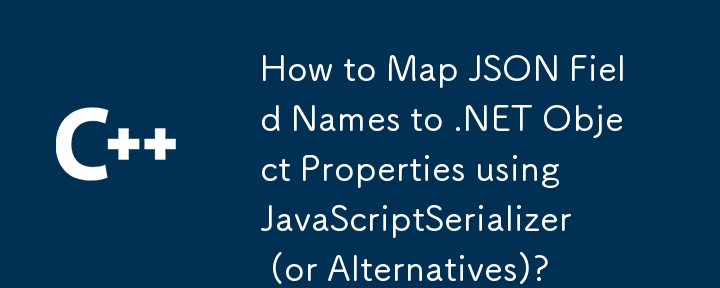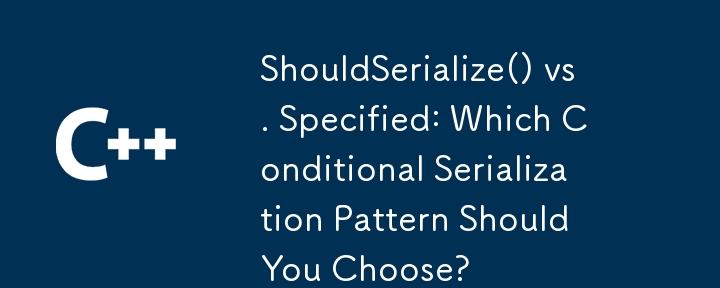Found a total of 10000 related content

Quick Tip: Add or Remove a CSS Class with Vanilla JavaScript
Article Introduction:Use JavaScript to dynamically add and delete CSS classes to easily manipulate web elements! This article will explain how to use JavaScript's className and classList attributes to efficiently manage CSS classes, and realize dynamic modification of web page elements, such as displaying/hiding menus, highlighting form errors or element animations.
Core points:
JavaScript can be used to dynamically modify page elements based on user interactions (such as showing/hiding menus, highlighting form errors, or animation effects).
className and classList properties are powerful tools for operating CSS classes; className has wider compatibility, while classList is more modern
2025-02-17
comment 0
438

How does the ::before and ::after pseudo-elements allow for styling non-DOM content?
Article Introduction:CSS pseudo-elements::before and ::after allow insertion and styling of non-DOM content without modifying HTML. By setting content attributes, you can add decorative text or symbols before and after the content of the element, and apply styles such as fonts, backgrounds, positioning and even animations, such as adding colored "Note:" tags or button hover animations. Common uses include dynamic icons, prompt tags, form tags and UI effects. However, it should be noted that if the content is not set, the pseudo-element is invalid; it cannot interact through JavaScript; and does not support nested HTML structures.
2025-06-08
comment 0
370

How to use .native modifier in Vue 2 events?
Article Introduction:In Vue2, .native is a modifier used to listen for native events of the component root element. It is suitable for scenarios where native DOM events need to be directly bound, such as clicking on component containers, processing form input underlying events, or achieving special interactive effects. 1. Native can only be used on custom components, not ordinary HTML tags; 2. If the component has multiple root nodes, .native will be invalid; 3. Not all events are suitable for use with .native, and some interfaces should be exposed through $emit. Alternatives include: listening within the component and throwing events from $emit, batch binding using v-on object syntax, and avoiding multiple nodes to support .native. Although .native is convenient, it is recommended to use $e first.
2025-06-28
comment 0
726


Dave The Diver: How To Catch Spider Crabs
Article Introduction:In Dave The Diver, there are some creatures that are not easy to catch. Or, catch alive that is. The spider crab is one of those very species, making it seem like the only way to bring these crustaceans back up to land is to viciously crack them up w
2025-01-10
comment 0
782

Prepare for Interview Like a Pro with Interview Questions CLI
Article Introduction:Prepare for Interview Like a Pro with Interview Questions CLI
What is the Interview Questions CLI?
The Interview Questions CLI is a command-line tool designed for JavaScript learners and developers who want to enhance their interview
2025-01-10
comment 0
1414

Soft Deletes in Databases: To Use or Not to Use?
Article Introduction:Soft Deletes: A Question of DesignThe topic of soft deletes, a mechanism that "flags" records as deleted instead of physically removing them, has...
2025-01-10
comment 0
1029

Terraria: How To Make A Loom
Article Introduction:There are a lot of crafting stations that you can make in Terraria. This ranges from simple anvils to unique stations meant for one specific type of resource. Early into the game, you'll be able to make your own Loom, which is primarily used to make
2025-01-10
comment 0
1310

How to become a Mortician in Bitlife
Article Introduction:There are an abundance of job roles to try in Bitlife, and while the best jobs are those that land you with lots of fame and money — such as becoming a Model or an Astronaut — there are plenty other, simpler jobs to get you by. There’s
2025-01-10
comment 0
561


















